The green areas in the Töölö district date back to the time of the first villas and the Töölö Park Company in the 1800s. The Hesperia villa district and Hesperia restaurant were familiar to residents of Helsinki already in the 1840s. They were part of the large Eläintarha (“Zoo”) park area that was leased in the mid-1800s by the Töölö Park Company (Töölön puistoyhtiö) founded by Henrik Borgström, the same man behind the spa in Kaivopuisto. His idea was to create a park and another spa beside the well-known health spring in Töölö. Unfortunately, the spring did not survive the construction of the railway, but the park project continued nonetheless. Borgström also planned to build a zoo, which is where the area gets its name.
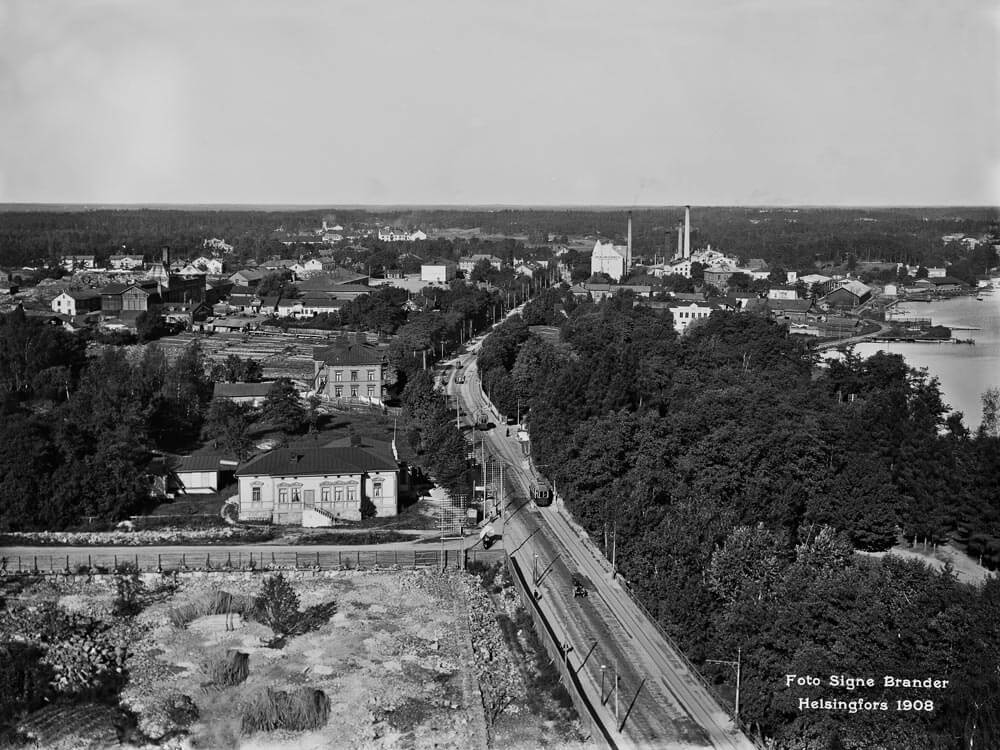
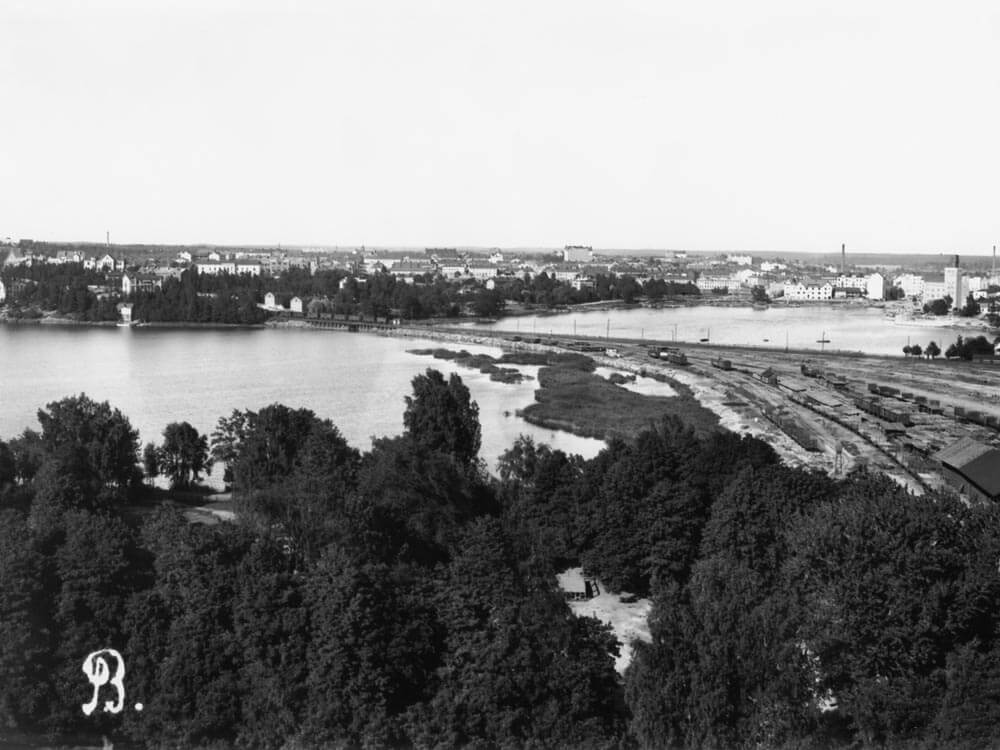
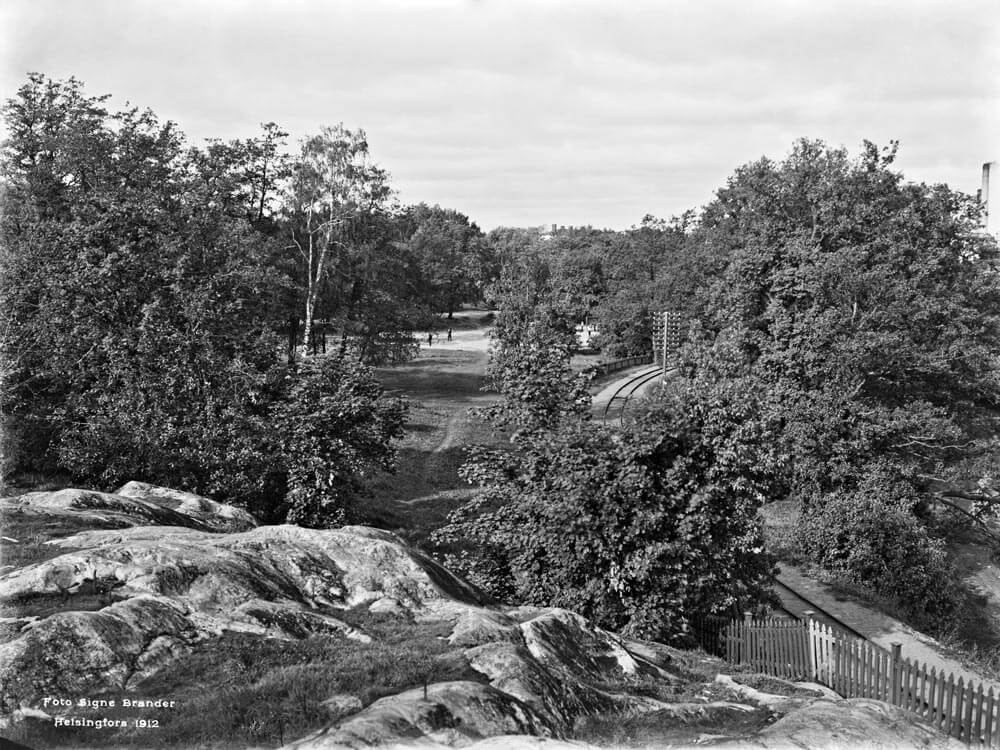
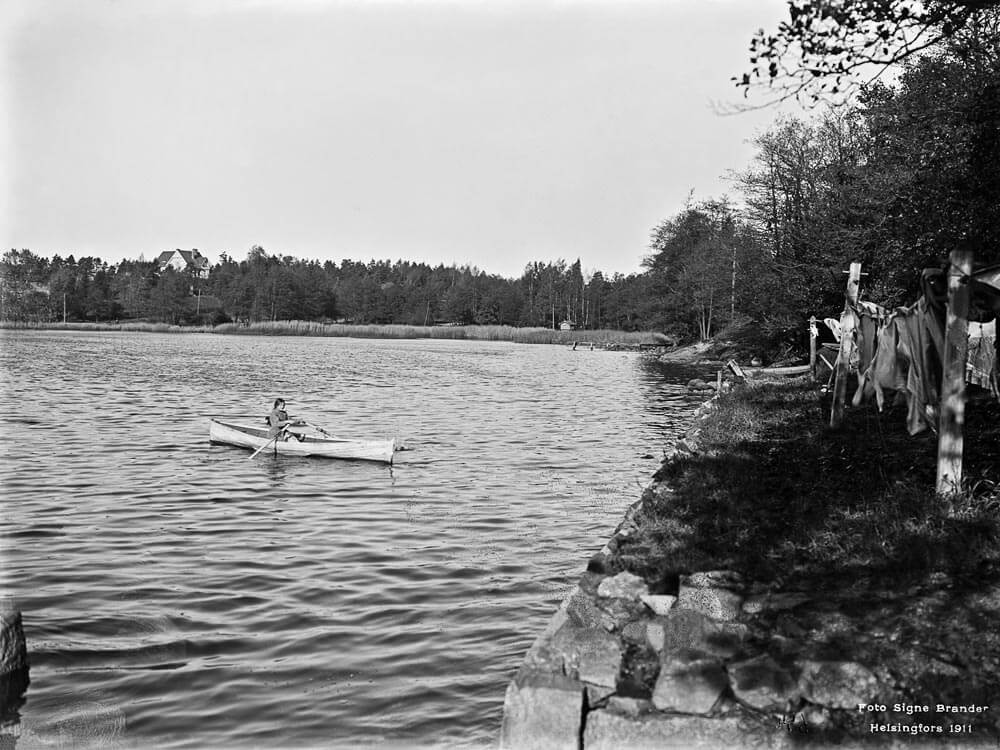
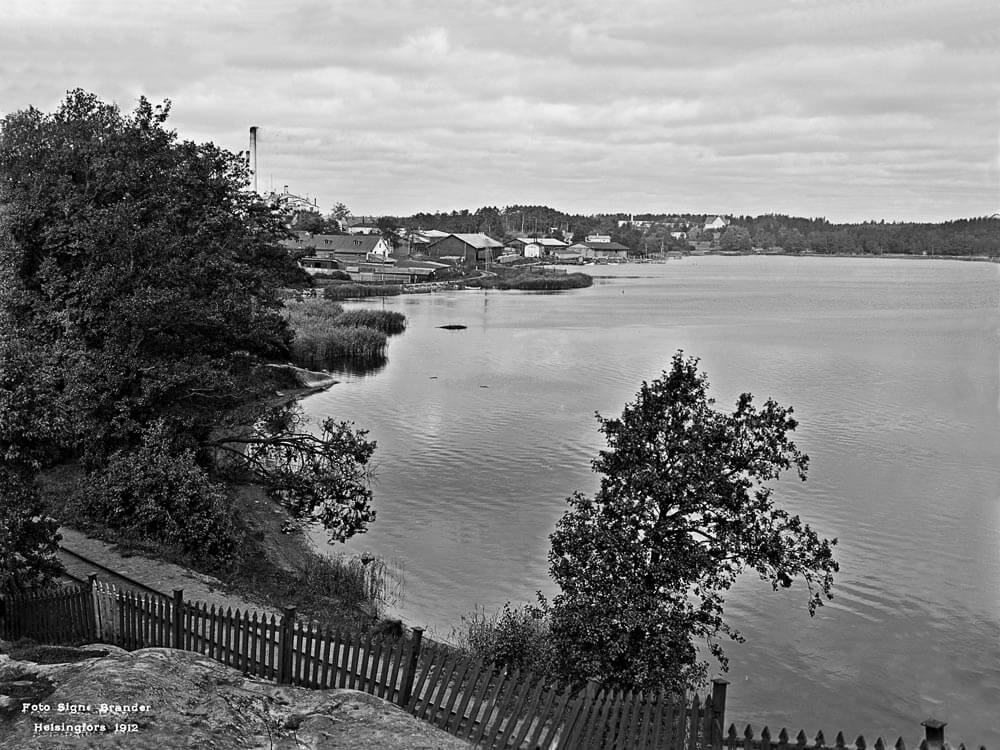
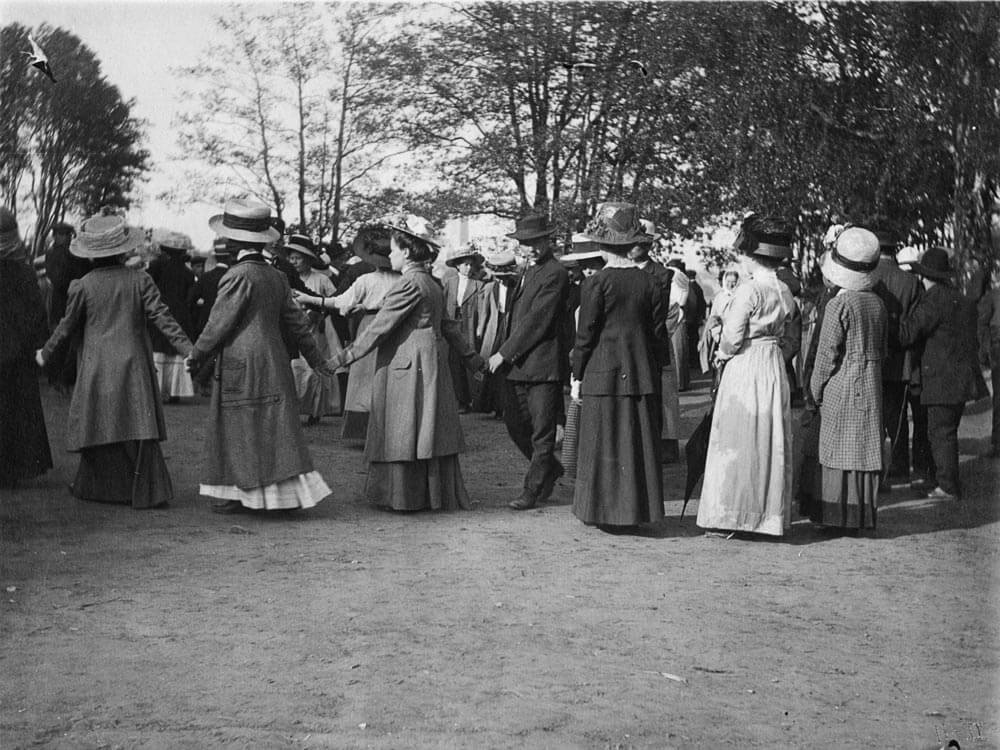
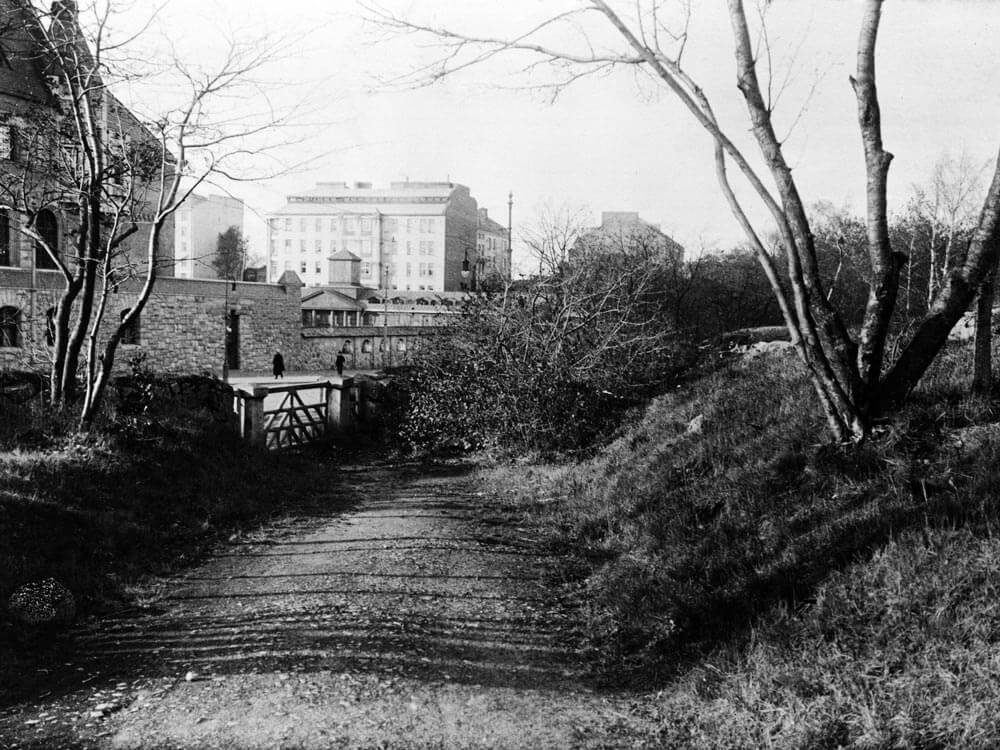
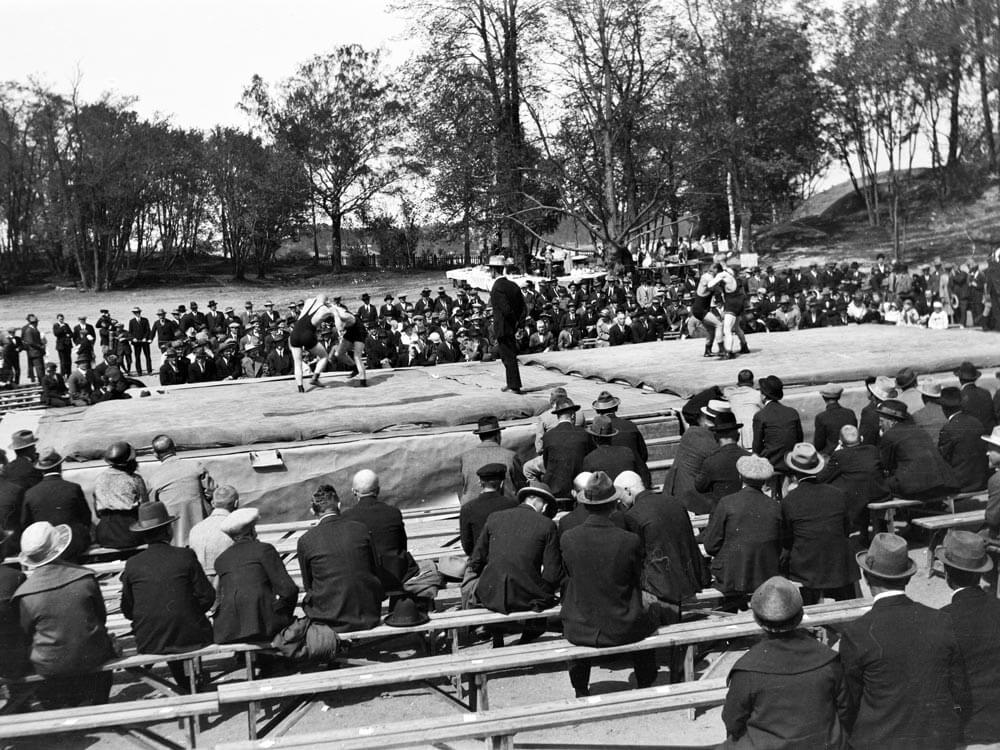
The lease expired in 1892. In 1904 the Gardening Board submitted to the City Council a plan drawn up by City Gardener Svante Olsson in 1900 in which the Eläintarha project was expanded to encompass the shorelines of three bays: Töölönlahti, Eläintarhanlahti and Kaisaniemenlahti. The plan also included designs for Kaisaniemi Park and Hakasalmi-Hesperia Park. The aim was to create a public sports park with a network of shoreline paths connecting the areas around the bays.
The general attitude towards parks had changed in the first decade of the 20th century as work on the Kaivopuisto and Observatory Hill parks had progressed. The city began to expand in the direction of Töölö in the 1920s and 1930s. Accordingly, the Gardening Board wanted to transform Töölönlahti and Eläintarha into recreational areas for the “underprivileged” and a centre for sports. In the late 1800s author and journalist Zacharias Topelius in particular had highlighted the need for recreational areas for the common people. Since workers already enjoyed relaxing on the hills and rocks, the natural landscape was left almost entirely intact. In addition, the park was built largely as relief work, so the people quickly adopted it as their own.
Olsson wanted to make sure that people could walk down by the water while admiring the trees and shrubs. Ornamental plantings would be kept to a minimum. According to a contemporary newspaper article: “The working man and the indigent class in general require less refined recreational areas where they can unabashedly eat their bag lunches, make a little mess with their eggshells and dance around without attracting too big an audience.”
Hesperia-Hakasalmi Park was opened to the public in 1903. Hakasalmi Villa and its garden also transferred to the city and were added to the park. Around the same time plans were proposed for another important green area in Helsinki. The predecessor to the Town Planning Division drew up its own proposal for creating a “Central Park”. The town plan for Töölö that was approved in 1906 proposed a large park complete with playing fields and paths. Architect Bertel Jung (1872–1946) drew up plans for Keskuspuisto in 1911, and they were presented in 1913.
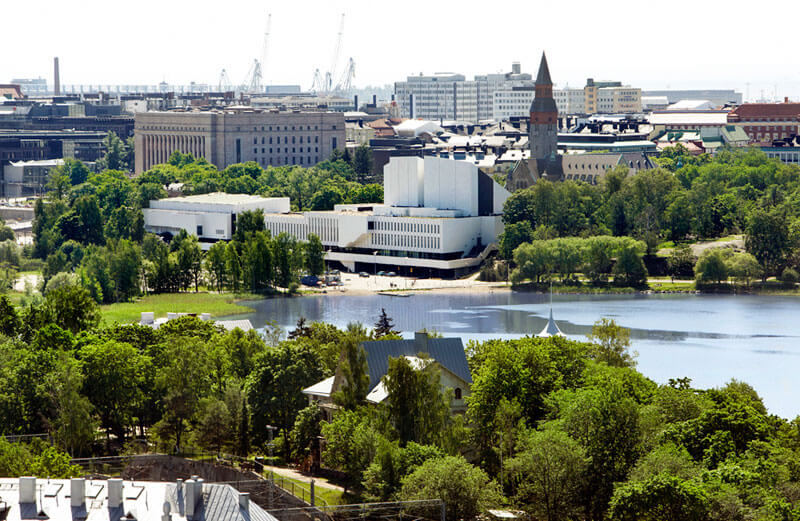
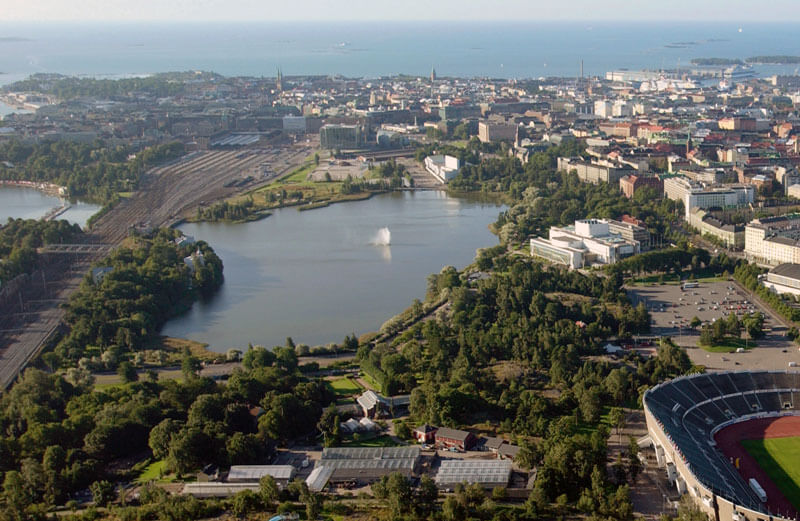
The ornamental villas in the Linnunlaulu district are an integral part of the landscape around the Töölönlahti bay. In the 1880s the city began leasing land plots for building villas in Eläintarha, and over the next two decades 15 villas were completed along with their stables and outhouses. The villas have had a history as colourful as their reputations. They have been called professors’ villas, rental barracks, slums and architectural gems. Seven of the villas have been demolished, and numbers 8, 9 and 12 are perched right on the edge of the cliff overlooking the railway lines.
The original industrial buildings that had long polluted the bay were demolished one by one along with the last remaining private villas along the western shoreline. Hesperia Park was once the site of a sugar factory, a soap factory and a candle factory, not to mention a factory producing playing cards and a cannery. The industrial history of this area can still be seen in the impression across the lawn caused by the original railway line. The sugar factory in particular polluted the bay so badly that it is still considered too dangerous to dredge and make the bay suitable for swimming. Nevertheless, the water quality in the bay is improving with each year that goes by, as seawater is pumped in from the Taivallahti bay. The aim is maintain Töölönlahti as a sea bay, but unfortunately it is still not clean enough to swim in.
The park has since been renovated as needed. The once popular baseball field in Hesperia Park had to make way in the 1970s for Finlandia Hall designed by legendary architect Alvar Aalto (1898–1976). The Finnish National Opera and its amphitheatre were designed by architects Hyvämäki, Karhunen and Parkkinen and completed in 1993, occupying one corner of the park but enhancing its prestige at the same time. The amphitheatre is a popular hangout and stage for small productions.
The white willows along the shoreline were planted in late 1940. The park was renovated initially for the 1940 Summer Olympics, which were postponed due to the war until 1952. The shoreline was renovated again in the 1990s, when the walking path was widened and divided into separate lanes for pedestrians and cyclists. The park lighting was renewed for the jubilee year in 1999. Today, the focus of work is on planning shoreline structures and renewing the willow-lined alleys. A historical survey and inventory of plants have been made to prevent anything of value from being inadvertently lost.